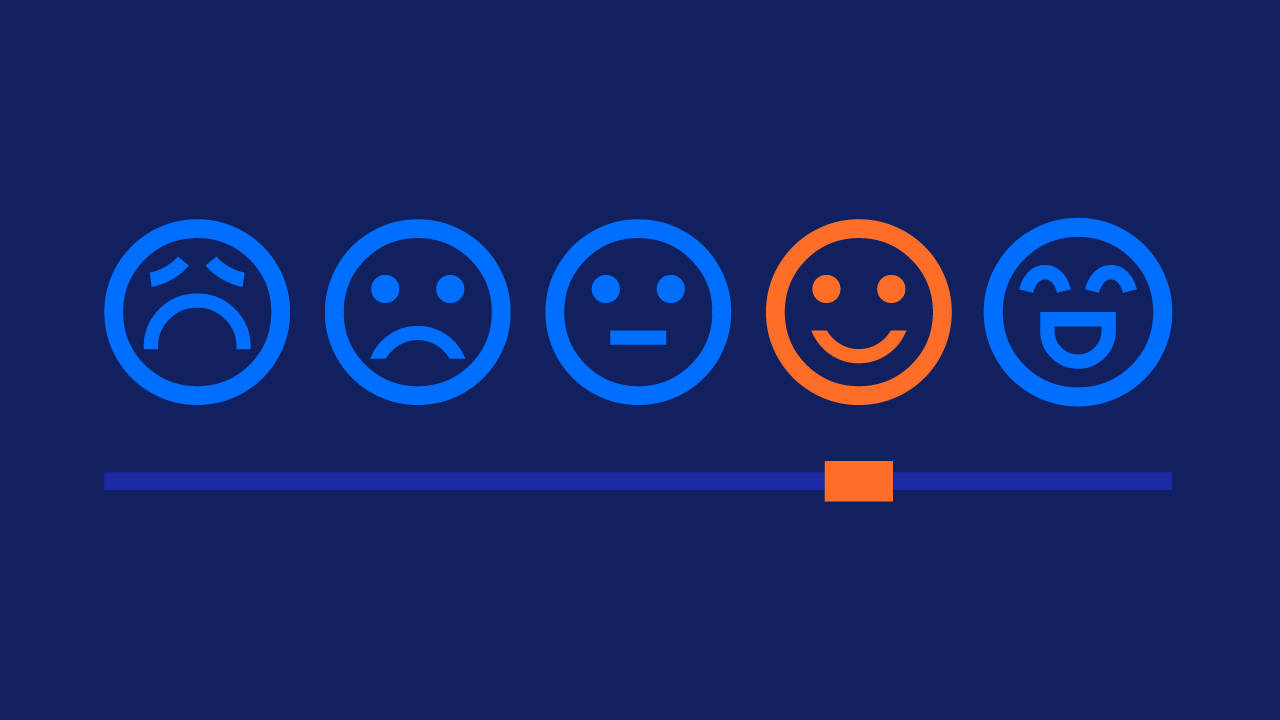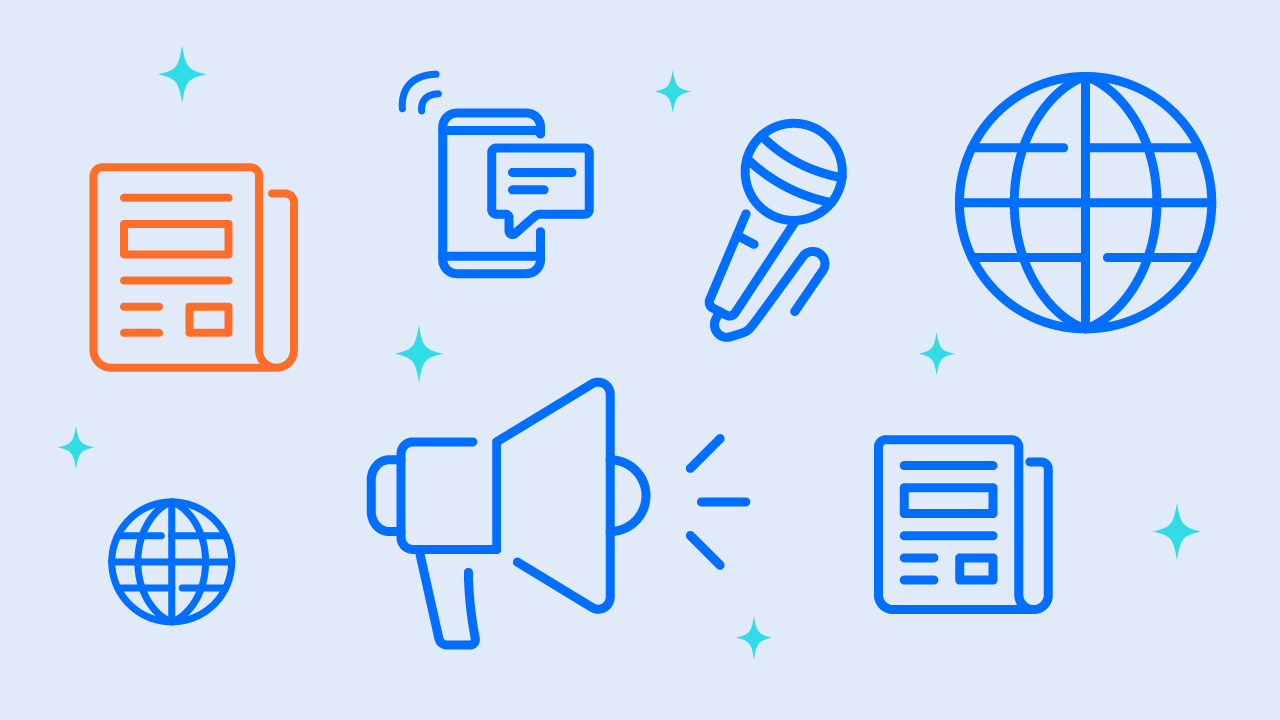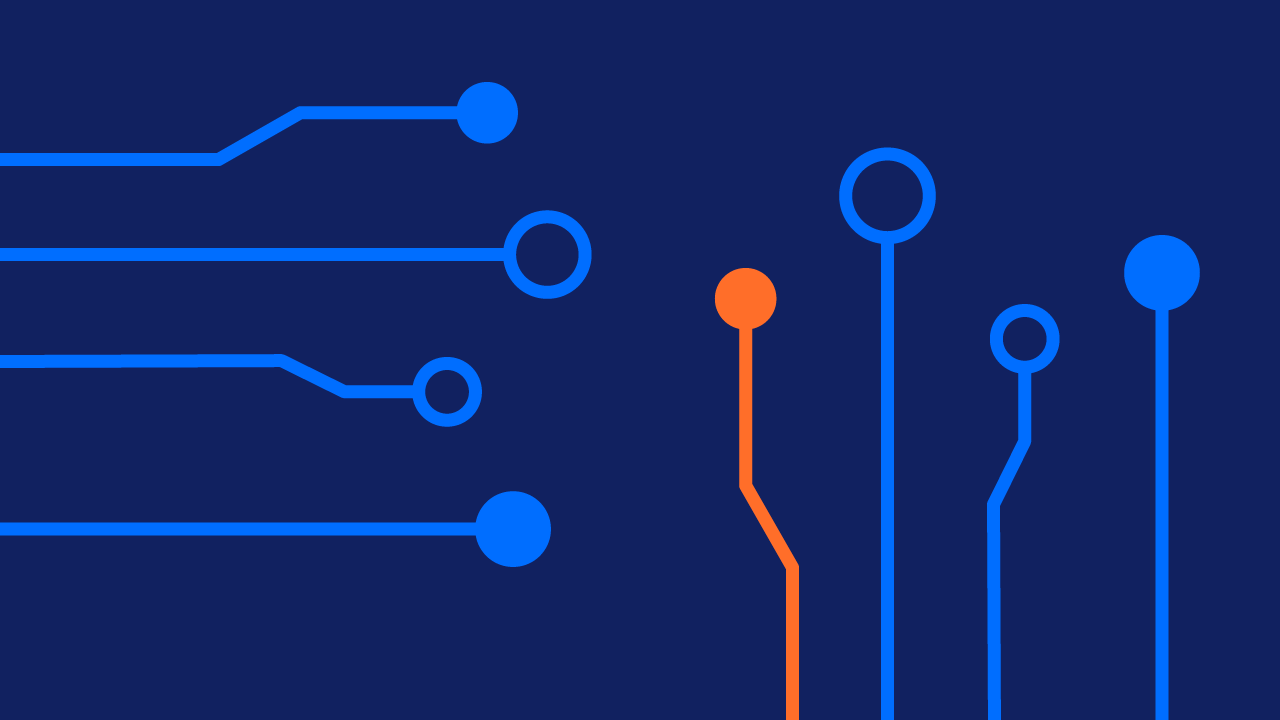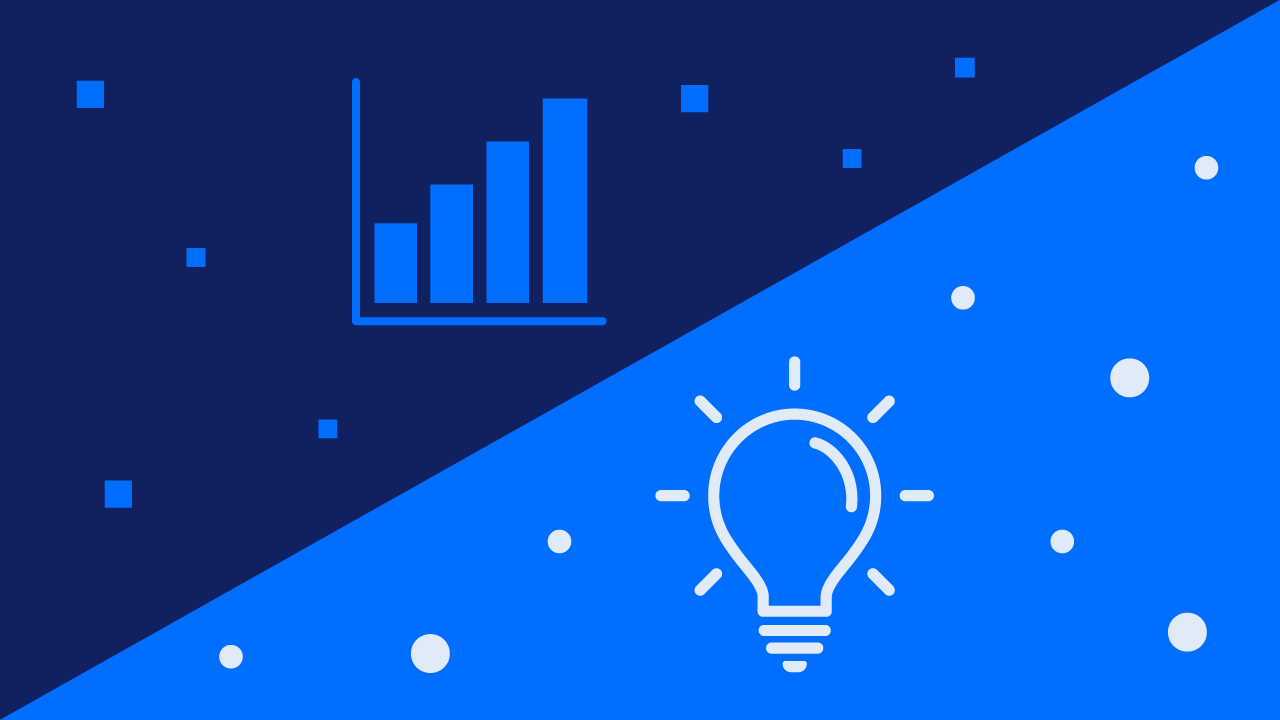We've discussed on this blog and in our other resources before how the one-and-done, pay-and-pray influencer strategy- you know, where you spend a big chunk of your budget on a big-name influencer and hope that it brings some ROI?- isn’t one that has great returns for brands.
There has been a lot of talk around micro-influencers and even nanoinfluencers, but just picking someone with a smaller-yet-engaged following isn’t a magical marketing solution. The key, as with most things, is to find the right influencer. And, of course, to engage them in the right kind of campaign run in the right places at the right time.
But how can you know when you’ve found the right influencer? You’re looking for someone who is regularly engaging with your target audience (and that audience is engaging back).
What you need is an influencer graph. This allows you to completely map an influencer, their content and the audience who actually consumes it.
Step 1: Profile your idea audience
Hopefully this is the target audience you’ve been working to reach, but if that hasn’t been refreshed by your team in a while there’s no time like the present.
Do you have existing personas? Be sure to go over those and update and/or expand them as necessary; while they might be extremely up-to-date for your target audience in some aspects of your business or sales pipeline, they could be different elsewhere (on social media for example).
Be as detailed as you are able to with the resources your team has available. You also want to be sure this information is accessible to everyone it could be helpful to, from marketing and sales to developers building out products and UX. Truly understanding your audience means keeping them in mind through every step of not only the sales cycle, but also their customer lifecycle.
How does what they need change over time? Who is influential to them will also change over time and might be different in different places. Later in the cycle might be a good time to tap internal brand advocates as influencers, for example.
Step 2: Map out the influencers
You can do this manually, of course, or you can engage the right technology and/or partners to make this easier. (We are biased, but we suggest ourselves if you’re looking for a place to start.)
If you’re putting in the work to get to know your audience, chances are you’ll have a good idea of who they find to be influential. The key is map out their influence more than simply create a list of influencers who might be good to tap for your campaign or partnership.
A few questions to ask:
- Where are they most influential?
- Is it just on one platform, or across several?
- Does their audience differ between platforms?
- Do they have strong relationships with other influencers, and if so, how do their respective audiences overlap?
- How much does your target audience overlap with those audiences?
It’s important to do this work to understand the true potential of working with a potential influencer. A lot of overlap between their audience and your target audience means it’s a good idea to move forward with a campaign or partnership with a particular influencer.
If not, don’t engage them simply because they have a big following. You’ll be wasting the potential your campaign or partnership could find in a better matched influencer.
Step 3: Map out the content these influencers create
This will give you your graphical overlap; which content is your target audience consuming from these influencers? Which content is getting the highest level of engagement from your target audience?
This approach gives you a game plan when you approach an influencer about working with them. It lets you know which metrics you should focus on for success during a campaign. It lets the influencer better refine their content for any campaigns or partnerships you’re working on.
All of these factors will mean you’re set up for maximum possible success in your working relationship with the influencer or influencers you want to tap for your campaign or partnership.
Why is this important?
Why should your team bother to put in this level of work for a marketing trend? Influencer marketing isn't just a trendy tactic to tap into; when you approach it this way, you’re strengthening the base of your entire marketing strategy by focusing on the most important base element: the right audience.
When you know your audience, that means you’re creating better, more targeted content that will drive better results. It means you’re creating and leveraging more targeted pitches to influencers, driving better results acr.ss your strategy.







